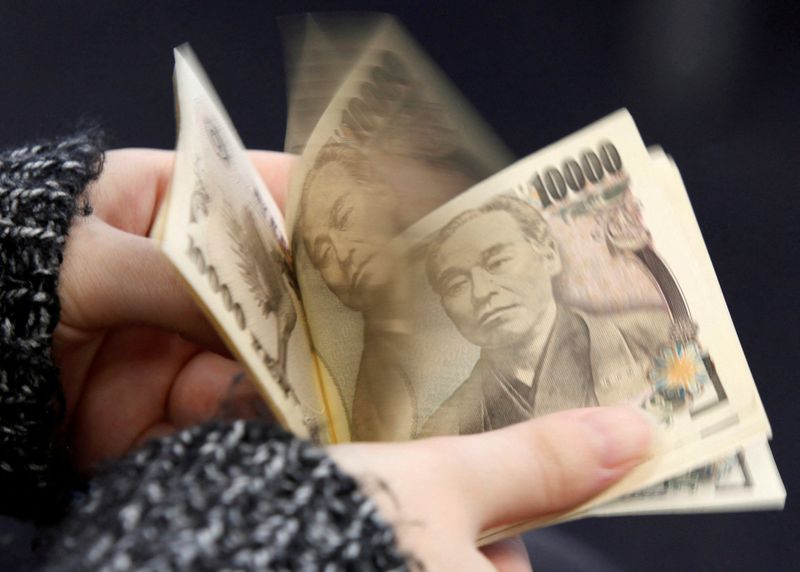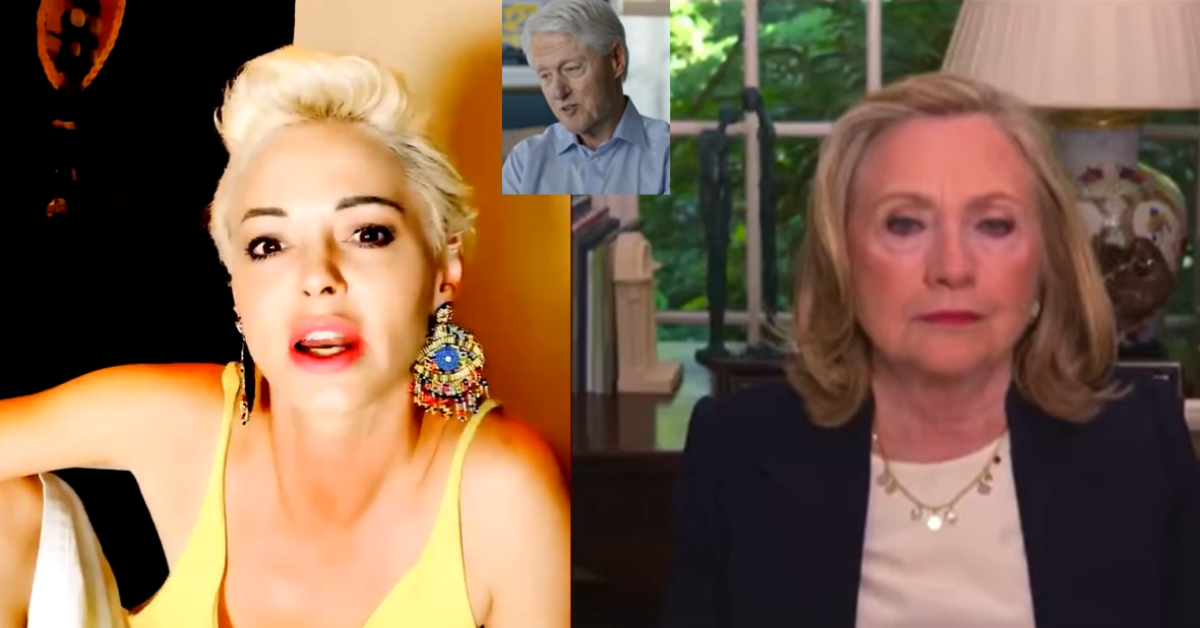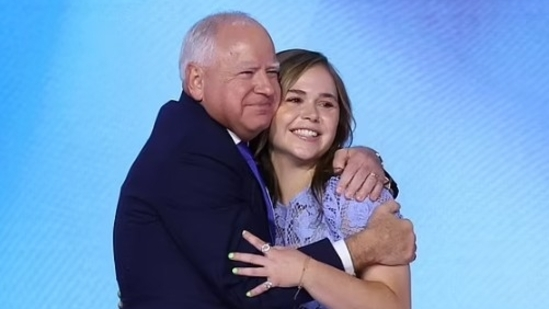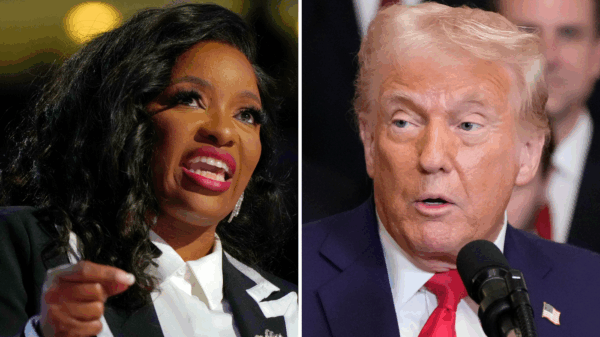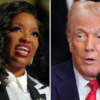By Leika Kihara
TOKYO (Reuters) -Japanese authorities are facing renewed pressure to combat a continued yen fall driven by market expectations that the Bank of Japan will keep interest rates ultra-low, even as other central banks tighten monetary policy to curb inflation.
Advertisement
Aside from verbal intervention, Japan’s government has several options to stem what it considers excessive yen falls. Among them is to intervene directly in the currency market, buying large amounts of yen, usually selling dollars for the Japanese currency.
Below are details on how yen-buying intervention could work, the likelihood of this happening and challenges of such a move:
LAST YEN-BUYING INTERVENTION?
Japan bought yen in September, its first foray in the market to boost its currency since 1998, after a Bank of Japan (BOJ) decision to maintain ultra-loose policy drove the yen as low as 145 per dollar. It intervened again in October after the yen plunged to a 32-year low of 151.94.
WHY STEP IN?
Yen-buying intervention is rare. Far more often the Ministry of Finance has sold yen to prevent its rise from hurting the export-reliant economy by making Japanese goods less competitive overseas.
But yen weakness is now seen as problematic, with Japanese firms having shifted production overseas and the economy heavily reliant on imports for goods ranging from fuel and raw materials to machinery parts.
WHAT HAPPENS FIRST?
When Japanese authorities escalate their verbal warnings to say they “stand ready to act decisively” against speculative moves, that is a sign intervention may be imminent.
A rate check by the BOJ, a practice in which central bank officials call dealers and ask for the price of buying or selling yen, is seen by traders as a possible precursor to intervention.
LINE IN THE SAND?
Authorities say they look at the speed of yen falls, rather than levels, and whether the moves are driven by speculators, in deciding whether to step in.
Market players, however, see the first threshold at 145 yen to the dollar, where Japan last intervened. If the dollar breaks above that, 150 yen could be the next line in the sand, analysts say.
WHAT TRIGGER?
The decision is highly political. When public anger over the weak yen and a subsequent rise in the cost of living is high, that puts pressure on the administration to respond. This was the case when Tokyo intervened last year.
But while inflation remains above the BOJ’s 2% target, public pressure has declined as fuel and global commodity prices have fallen from last year’s peaks.
If the pace of yen declines accelerates and draws the ire of media and public, the chance of intervention would rise again.
The decision would not be easy. Intervention is costly and could easily fail, given that even a large burst of yen buying would pale next to the $7.5 trillion that change hands daily in the foreign exchange market.
HOW WOULD IT WORK?
When Japan intervenes to stem yen rises, the Ministry of Finance issues short-term bills, raising yen it then sells to weaken the Japanese currency.
To support the yen, however, the authorities must tap Japan’s foreign reserves for dollars to sell for yen.
In either case, the finance minister issues the order to intervene, and the BOJ executes the order as the ministry’s agent.
CHALLENGES?
Yen-buying intervention is more difficult than yen-selling.
While Japan holds nearly $1.3 trillion in foreign reserves, they could be substantially eroded if Tokyo repeatedly spent huge for yen.
That means there are limits to how long Japan could keep defending the yen, unlike for yen-selling intervention – where Japan can essentially print yen by issuing bills.
Japanese authorities also consider it important to seek the support of Group of Seven partners, notably the United States if the intervention involves the dollar.
Washington gave tacit approval when Japan intervened last year, reflecting recent close bilateral relations.
But stepping in repeatedly would be difficult, as Washington traditionally opposes intervention except in cases of extreme market volatility.
(Reporting by Leika Kihara; Additional reporting by Tetsushi Kajimoto and Kentaro Sugiyama; Editing by William Mallard)

By: OAN
![]()

